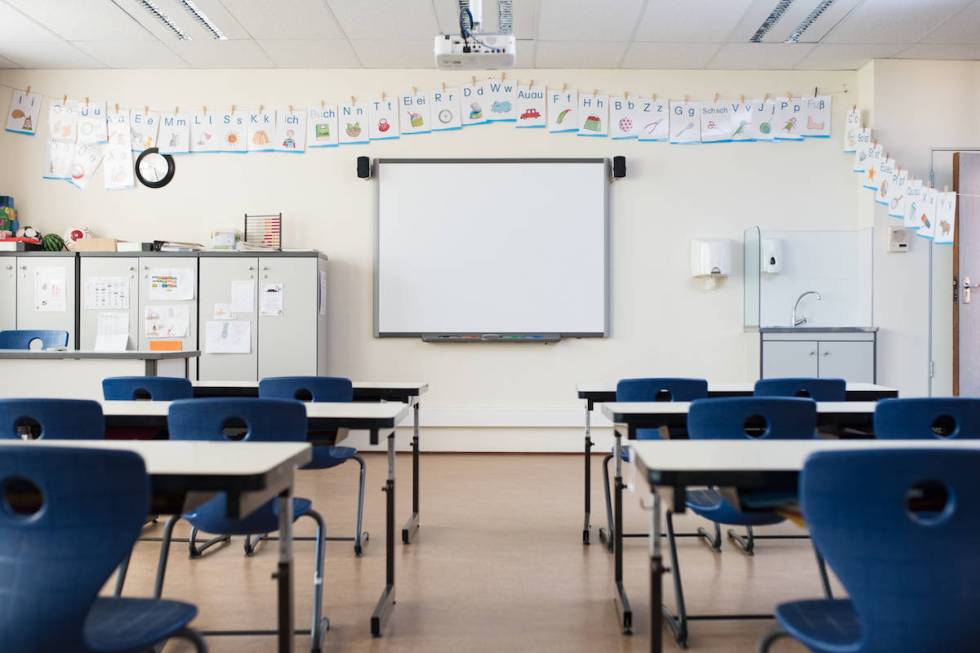DEBRA J. SAUNDERS: If schools are essential, they should be open

WASHINGTON
‘There are only two choices: Which one will it be?” the Chicago Teachers Union argued to its members. “Risk your life or your students’ lives by going into dangerous buildings,” or agree to strike if Chicago Public Schools goes ahead with plans to reopen classrooms Monday.
Obviously teachers, students and staffers with compromised immune systems or comorbidities that put their health at risk should work from home. Alas, the Windy City union makes no distinction between healthy and unhealthy educators, while ignoring the data on the low risk that COVID poses for healthy working adults and school-age children.
Everyone knows that remote education is failing students, especially immigrant children and others whose parents can’t fill in the gaps that plague schooling by computer screen. Yet somehow education groups that ostensibly are committed to closing the achievement gap are willing to let this separate-but-equal education policy stand.
President Joe Biden likes to say that he’ll “listen to the scientists.” Apparently there is an exemption to the science-first approach when teachers unions disagree.
Last year, governors, including Nevada Gov. Steve Sisolak, and school boards closed schoolhouse doors with total disregard for Centers for Disease Control and Prevention guidelines that recommended schools close when an infected individual had been on campus or in hot spots, and then only for two to five days for sanitation purposes. Elected officials were in a panic, and panic trumped science.
Tuesday, the CDC released a study which found that, with masking requirements and other mitigation efforts, Wood County, Wisconsin, public school transmission was lower than community spread. On Thursday, White House press secretary Jen Psaki pooh-poohed that finding as particular to “rural” schools with different challenges than those in city districts.
Risk-averse Democrats can’t admit they were wrong to shut down schools. Biden won’t say it. His ostensible push to open most public schools within 100 days is a soft plan that puts off specific guidance and allows risk-aversion to rule the day. Because once you’ve convinced yourself that no-classroom instruction is safer, how do you open?
And you can see why. I mean, this is only about whether a generation of children are educated or stunted.
The 18 suicides of Clark County students since March? It’s unfortunate, but not enough to move teachers unions in Chicago; Montclair, New Jersey; or Bellevue, Washington.
Americans are isolated right now. We don’t know what we don’t know about less visible changes wrought by the pandemic. When the return to normal begins, however, there will be no hiding the edge enjoyed by children who attended open public or private schools or whose educated parents were able to fill in virtual-learning gaps. Kids without those advantages will be more likely to fall behind for life.
Grocery store workers and nurses and hospital cleaning staff who did their jobs as essential workers will return their children to schools where teachers believed that classroom teaching was a bridge too far — secure in the knowledge stay-at-home teachers would not lose a paycheck in the process.
I am sure that all those hospital workers and delivery truck drivers who did show up to work will be very understanding about their children getting a lesser education so that healthy pajama-clad teachers could be spared the risks which designated “essential workers” assumed.
The biggest lesson America’s children can learn from the coronavirus pandemic is simple: Education is important, but not that important. Just ask your teacher.
Contact Debra J. Saunders at dsaunders@reviewjournal.com. Follow @DebraJSaunders.